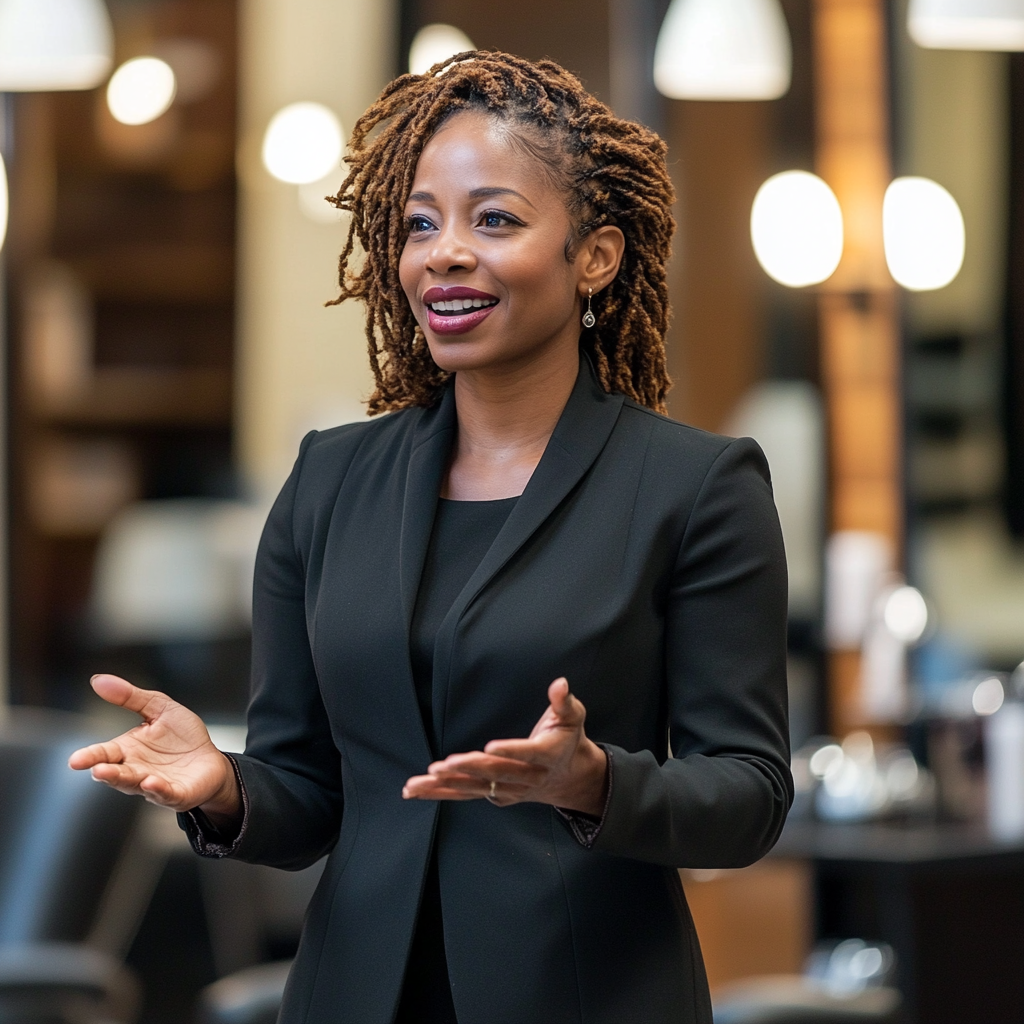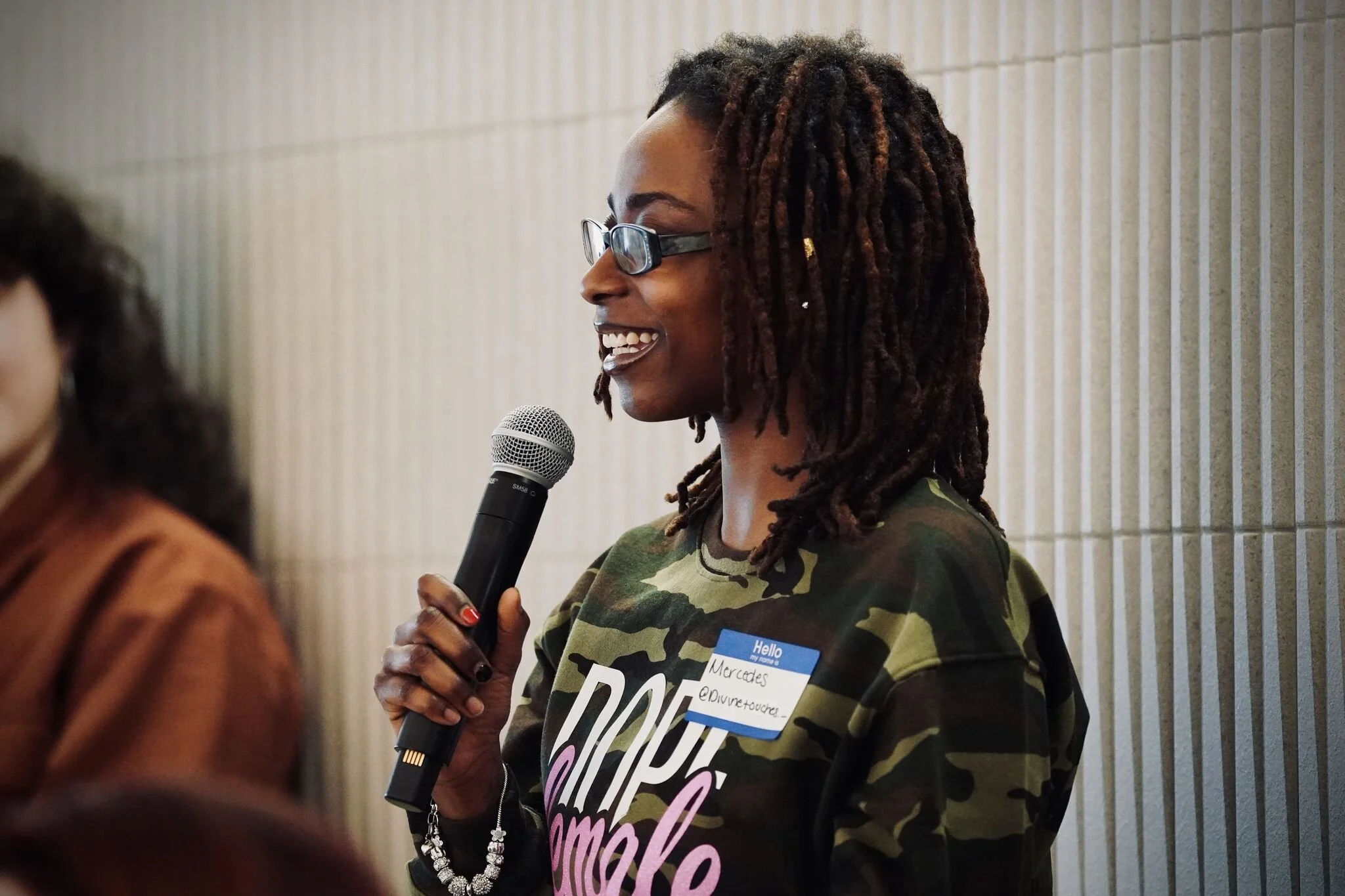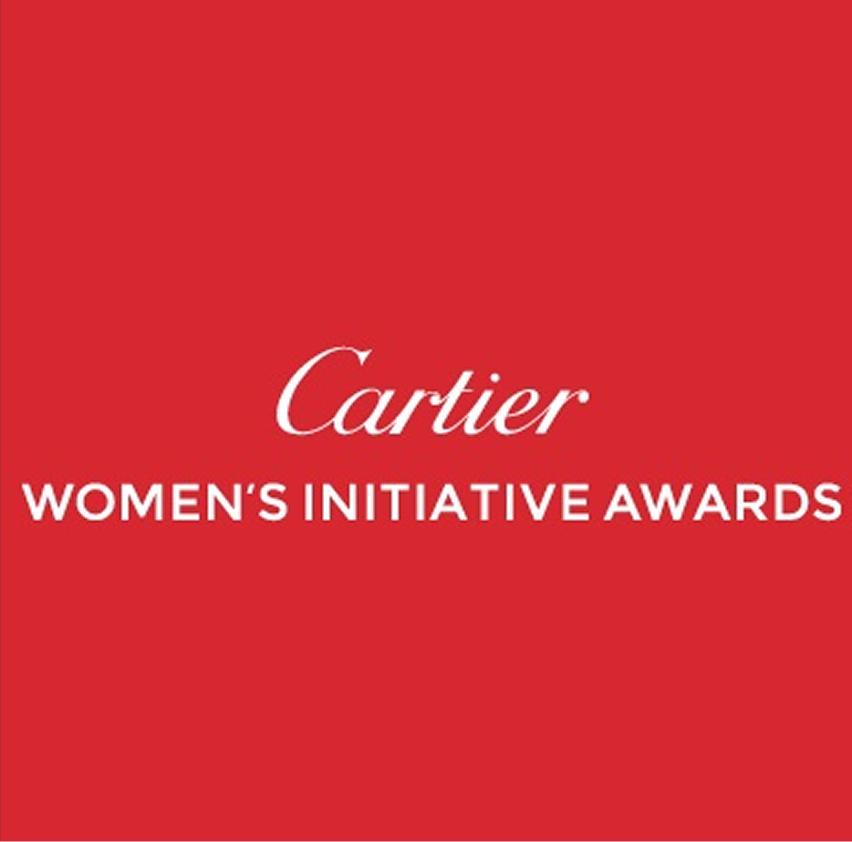The Challenge
How can we effectively connect cosmetology students and people with textured hair who are seeking to learn techniques for Styling and Maintaining their hair while also fostering a community within the industry?
Team Structure
Braid is built by a close-knit four-person founding team, where each of us leads a core pillar—design, product, marketing, and operations—working collaboratively to bring our shared vision for textured hair education to life.
My Role
COD (Chief Officer of Design)
As Chief Officer of Design (COD) at Braid, I lead the vision, strategy, and execution of all design initiatives, shaping user experiences and brand identity to drive the company's growth and impact.
Duration
September 2024 - Now
Tools Used
Figma
Basecamp
Personas
Professional Hairstylist’s
Chicago, IL
Loctician
Age
40
Needs
Cap cut
Maze
Braid Promo Video
Research
Needs access to ongoing education, a platform to showcase and grow her work, and a community for networking and collaboration.
Pain Points
Struggles with client education, staying competitive with trends, and limited marketing resources for growth.
Knowledge Seekers
Age
21
Chicago, IL
College Student
Needs
Needs clear tutorials, access to trusted textured hair professionals, and a supportive environment for her natural hair journey.
Pain Points
Struggles with finding clear tutorials, connecting with trusted textured hair professionals, and accessing reliable resources to confidently care for her natural hair.
Competitive Analysis
While StyleSeat, TikTok, YouTube, and Instagram provide visibility, education, and community around textured hair care, they all struggle with fragmented experiences, inconsistent quality, and limited personalized support.
—creating clear gaps for a more trusted, tailored solution.
User Interviews & Experience Validation
Our team has conducted multiple rounds of user testing—including surveys, one-on-one interviews, and live product demo events—to continuously refine and evolve our product to better meet the needs of our users.
Quotes From Users
“A platform, like an app or website, featuring people with textured hair and have a big sister vibe.
”
“There’s a need to bridge the education gap regarding textured hair in hairstyling schools, which often focus only on theory.”
“I’ve wasted so much time and money at beauty supply stores on products I thought would work for my hair, but they didn’t.”
Legislative Change
The Texture Positive Act of 2024, introduced by Rep. Nydia M. Velázquez, incentivizes cosmetology schools to teach textured hair care and creates accessible educational resources for both licensed professionals and individuals seeking to better care for their own textured hair.
After synthesizing our research, we conducted a Crazy 8’s sketching exercise to rapidly explore feature ideas for Braid.
We then reviewed our concepts as a team, identifying patterns and opportunities for further development.
Ideation
Prototype
Low-Fidelity Wireframes
While developing low-fidelity wireframes, I applied user insights to strategically define content hierarchy and layout for the homepage, AI interface, and course module.
Homepage prioritizes user recognition and delivers personalized content and video recommendations.
A personified AI chatbot reinforces the “older sibling” dynamic users expressed longing for, creating a sense of guidance and relatability.
Segmented, modular courses are designed to introduce knowledge gradually, reducing cognitive load and supporting intuitive learning progression.
Medium-Fidelity Wireframes
The Shop feature streamlines the experience of buying textured hair care products, offering users a calm, curated alternative to the often overwhelming beauty supply store.
Course modules are inspired by familiar ed-tech interfaces, with added flexibility through thoughtful information architecture.
After finalizing the navigation bar design, our team divided features and screens for focused development; I am responsible for designing the Shop and Module screens.
High-Fidelity Prototype
Courses
I designed an intuitive course flow that guides users from cultural theory to hands-on styling, featuring:
Seamless progress tracking with "Continue Your Course"
Personalized recommendations like “Your Top Picks” and trending lessons
A modular learning path starting with cultural history and leading to technical mastery
Integrated course kits to enhance hands-on learning
Community engagement elements to foster connection and support
Shop
I designed a lifestyle-driven shop that merges education with commerce to elevate the textured hair care journey:
Personalized shopping with curated product kits tied to course content
Seamless blend of learning and buying (e.g. Hair Steamer sold alongside related modules)
Product storytelling that emphasizes benefits, not just features
Clean, mobile-first layout that guides users through rituals—not just categories
Aspirational yet accessible UX that empowers users to shop with purpose
These screen recordings showcase my individual contributions to the Braid app. To explore the full experience our team created, visit Braidtech.org.
Impact
What began as a classroom project is now a registered LLC with copyright protection—and we’re just getting started. As a team, we’re actively applying to grants and competitions to bring Braid to life, because we believe textured hair education should be accessible, empowering, and everywhere. Our users deserve this. And we're doing the work to make sure they get it.
Competitions We've Entered




















